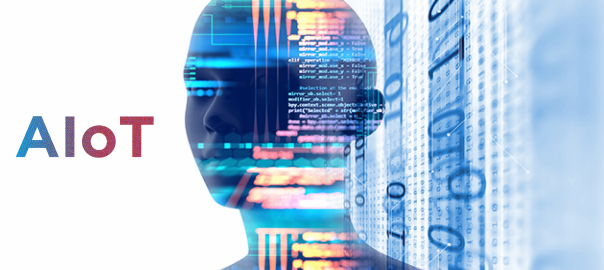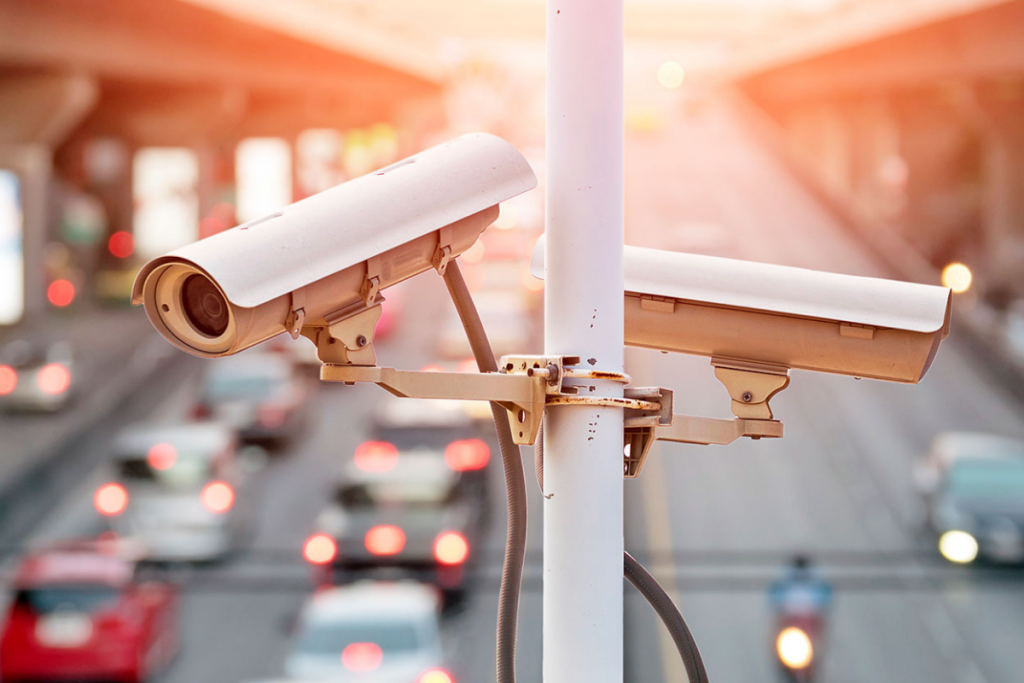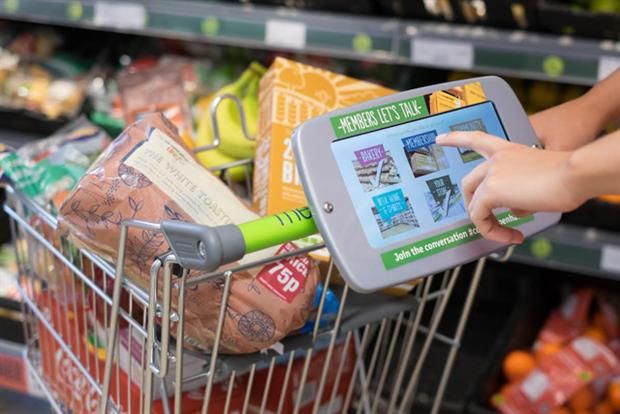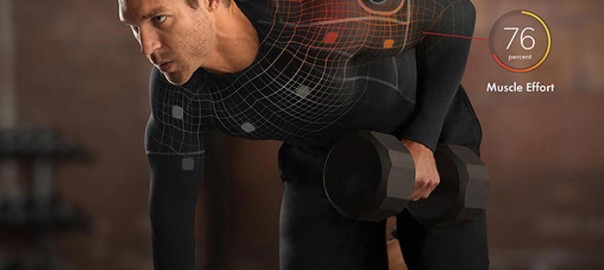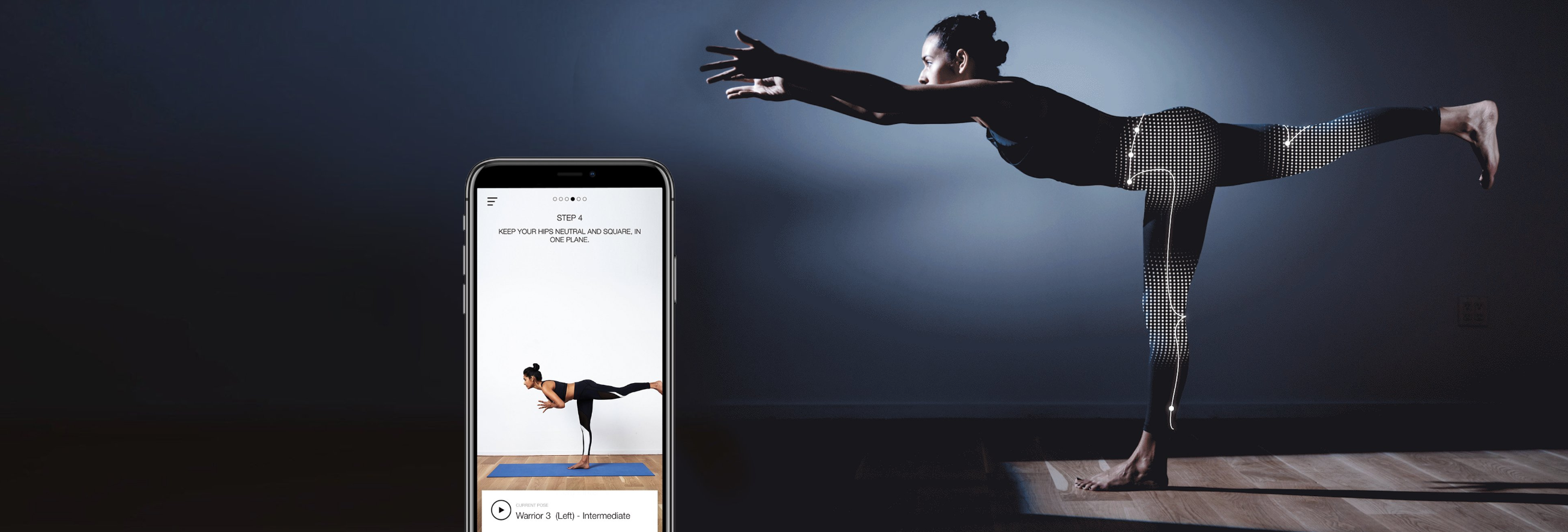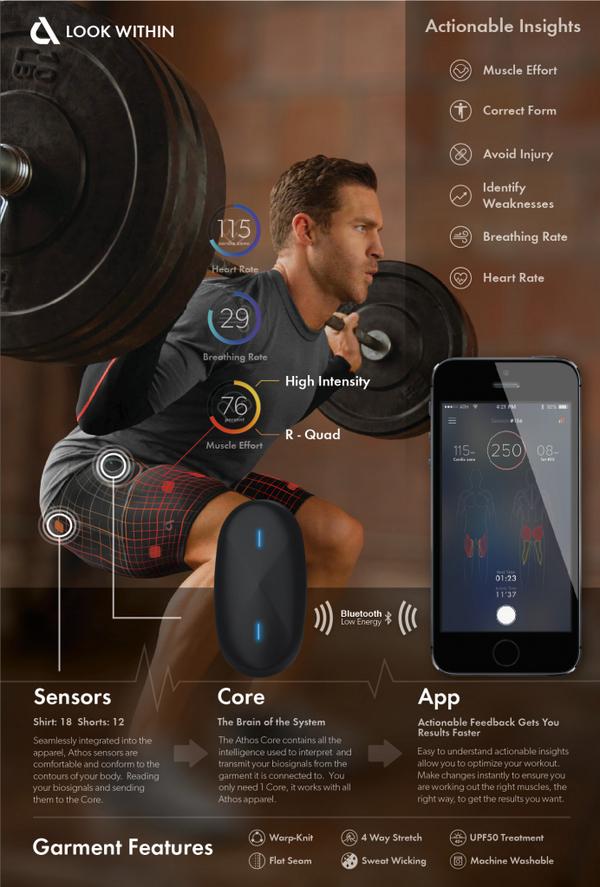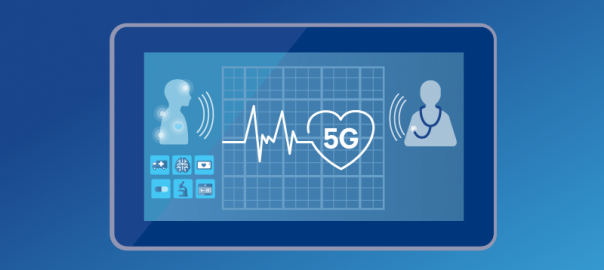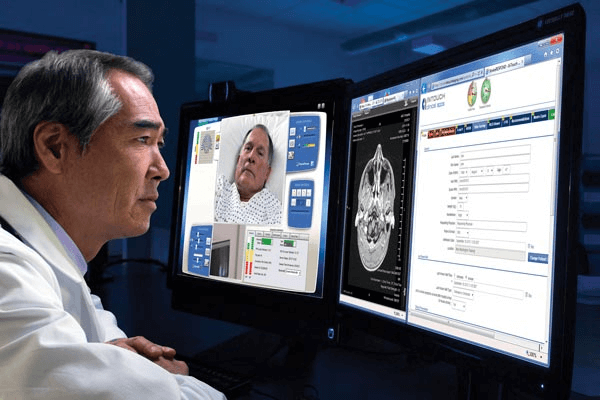
Our last blog explored the features of the iPhone 16, driving into its advancements in AI-driven functionalities and performance improvements. Before that, we discussed how Edge AI is revolutionizing autonomous vehicles. But the magic of Edge AI extends far beyond cars. Edge AI in consumer electronics is transforming the way we live, work, and play. This powerful technology brings machine learning algorithms directly to your devices, offering faster processing, greater privacy, and unparalleled efficiency. In this blog, we will uncover the effects of Edge AI in consumer electronics. By the end, you’ll have a comprehensive understanding of how this cutting-edge technology is shaping our reality.
Consumer Electronics Show 2024
The Consumer Electronics Show (CES) in Las Vegas is a premier global tech event where industry leaders and innovators unveil cutting-edge consumer electronics and trends that shape the future.
The Consumer Electronics Show which is held annually, attracts industry leaders, tech enthusiasts, and startups alike, featuring thousands of exhibitors and cutting-edge products that range from smart home devices to advanced automotive technologies. The show serves as a platform for unveiling groundbreaking advancements, including developments in Edge AI, and offers a glimpse into the future of technology that shapes our everyday lives. With its dynamic presentations and networking opportunities, CES continues to play a pivotal role in the evolution of the consumer electronics landscape.
Enhancing Wearable Technology
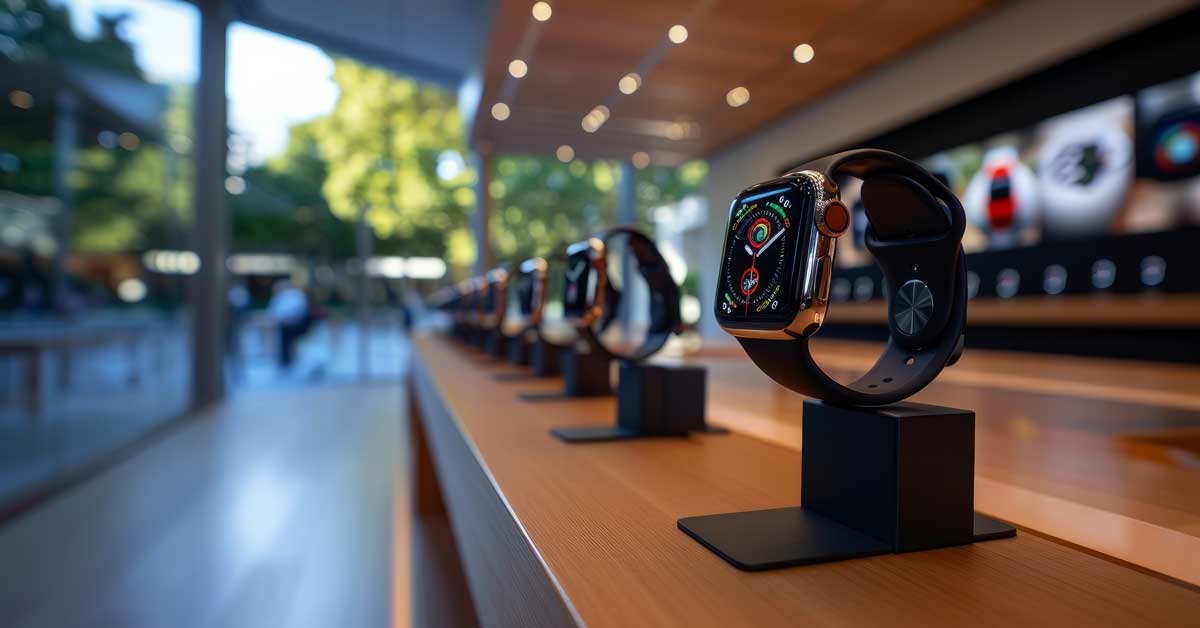
Wearable devices, such as fitness trackers and smartwatches, significantly benefit from Edge AI. These gadgets monitor vital signs, track physical activity, and provide personalized health insights in real-time. Processing data on the device allows for immediate feedback and recommendations without constant internet access.
The Apple Watch Series 4 through Series 9 exemplify this, featuring advanced sensors and algorithms for continuous heart rate monitoring, detection of arrhythmias, and automatic fall detection. Notably, the ability to perform an electrocardiogram (ECG) straight from the wrist showcases its Edge AI capabilities. The latest watchOS versions further integrate these features.
Android devices running on Wear OS, like the Samsung Galaxy Watch 4, also incorporate robust health monitoring features, including blood oxygen levels, VO2 max, and sleep analysis. These wearables utilize Edge AI to provide real-time feedback on workouts and health trends, ensuring user privacy and quick response times by keeping data processing local.
Health Monitoring at Home

Another significant application of Edge AI can be found in smart homes within health monitoring devices. Fitness trackers and smartwatches incorporate advanced algorithms to track your physical activity, monitor vital signs, detect irregularities, and provide real-time health insights. Smart scales and blood pressure monitors equipped with Edge AI can offer precise data analysis locally, ensuring greater privacy and swift feedback for users.
Smart scales like the Withings Body+ deliver detailed body composition readings, including fat, muscle, and bone mass, all processed on-device to ensure quick and private data assessment. Blood pressure monitors such as the Omron HeartGuide, which uses Edge AI to detect hypertension and irregular heartbeats, also provide instant feedback, alerting users to seek medical advice if necessary.
Additionally, devices like the Oura Ring go beyond basic fitness tracking to offer personalized health insights by monitoring sleep patterns, readiness scores, and overall wellness metrics using Edge AI. By keeping data processing local, these devices ensure user privacy while delivering instant and accurate health information, making Edge AI a game-changer in home health monitoring.
Transforming Smart Homes

Edge AI is at the heart of the smart home revolution. Devices like smart thermostats, security cameras, and voice assistants are becoming increasingly intelligent and responsive. Imagine a smart thermostat that not only adjusts the temperature based on your preferences but also learns your schedule and adapts accordingly. By processing data locally, these devices offer immediate responses and enhanced privacy, as sensitive information never leaves the home.
Smart security cameras equipped with Edge AI can distinguish between a pet and an intruder, reducing false alarms and providing more accurate monitoring. Voice assistants, like Amazon Alexa and Google Assistant, benefit from faster response times and improved privacy by processing voice commands directly on the device.
Enhanced Entertainment Systems

Edge AI is also transforming the way we experience entertainment at home. Smart televisions and streaming devices are becoming more adept at personalizing content based on individual viewing habits. By utilizing Edge AI, these devices can recommend movies and shows that align with your preferences and viewing history, providing a tailored entertainment experience without necessitating data transfers to external servers.
Gaming consoles like the PlayStation 5 and Xbox Series X use Edge AI to optimize performance and enrich user experiences. These consoles employ machine learning to improve graphics, reduce latency, and provide real-time adjustments tailored to the player’s style. AI-driven graphics rendering adapts to player actions, delivering smoother transitions and more realistic visuals. By keeping data processing within the device, Edge AI ensures faster response times and maintains user privacy.
Intelligent Appliances

Household appliances such as refrigerators, washing machines, and ovens are also benefiting from Edge AI technologies. Imagine a refrigerator that can monitor its contents, suggest recipes, and create a shopping list. Washing machines can optimize settings for the laundry load and fabric type, while smart ovens adjust cooking times to ensure perfectly cooked meals. The use of Edge AI in consumer electronics brings a new level of convenience, efficiency, and personalization, transforming our daily interaction with technology.
For example, the LG InstaView ThinQ refrigerator, for instance, tracks stored items and suggests recipes, syncing with your smartphone to create shopping lists. The Samsung FlexWash washer and FlexDry dryer use AI to suggest the optimal wash cycle, adjusting water levels and cycle times to ensure a perfect wash. Smart ovens like the June Oven leverage AI to recognize food types and automatically adjust cooking settings, while an app allows real-time monitoring and alerts.
Improved Connectivity and Interoperability
Edge AI enables better connectivity and seamless integration of various smart devices in a home, ensuring your smart home ecosystem operates harmoniously. Devices communicate efficiently and cohesively respond to a user’s commands, enhancing convenience and functionality. For instance, smart lights can dim automatically when you start a movie, or your home security system can arm itself when you leave the house based on learned behaviors and routines.
Philips Hue smart lighting can sync with your entertainment setup to provide an immersive lighting experience that adjusts based on your viewing content. When connected with smart speakers like Amazon Echo or Google Nest, the system can also be controlled via voice commands. In-home security, the Nest Secure alarm system integrates with an array of smart products like cameras, locks, and lights, performing tasks such as locking doors and turning off lights when the alarm is set.
Smart thermostats like Ecobee or Nest Learning Thermostat not only adjust temperatures based on your schedule but also work with other smart devices to optimize energy use, such as activating ceiling fans or opening smart blinds. By creating a network where devices interact seamlessly, Edge AI ensures that your smart home adapts to your lifestyle, offering an integrated, efficient, and intuitive living experience.
Revolutionizing Mobile Devices

Edge AI is transforming smartphones into powerful, intelligent devices capable of performing complex tasks without relying on cloud-based services. With Edge AI, smartphones can offer features like real-time language translation, enhanced photo and video editing, and advanced security measures.
Imagine traveling to a foreign country and using your smartphone to translate conversations in real-time, or capturing stunning photos and videos with AI-powered enhancements. Edge AI also plays a crucial role in boosting smartphone security by enabling features like facial recognition and biometric authentication, ensuring that your data remains secure.
Pros and Cons of Edge AI in Consumer Electronics
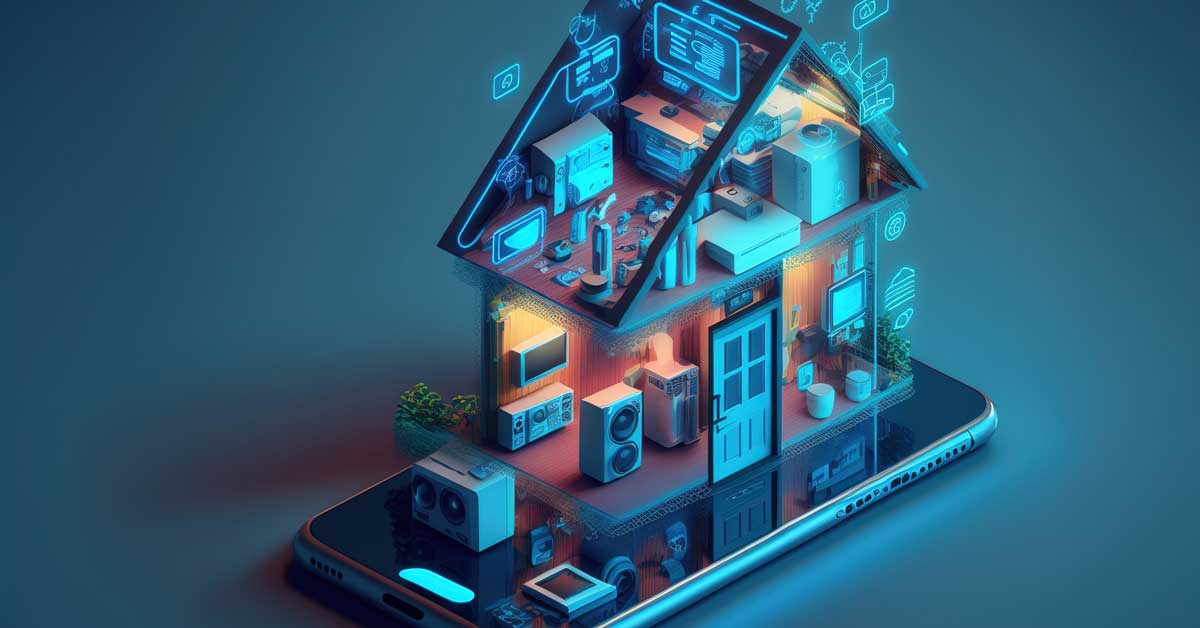
Edge AI brings a multitude of advantages to consumer electronics. By processing data locally, it offers faster response times and reduced latency, resulting in more immediate and efficient interactions. Enhanced privacy is another major benefit, as sensitive information remains on the device, reducing the risk of data breaches. Additionally, Edge AI devices can function without constant internet connectivity, making them more reliable and accessible in areas with limited internet access.
However, there are also some drawbacks. The integration of Edge AI technology can increase the cost of consumer electronics, making them less affordable for some consumers. Furthermore, local devices may have limited processing power compared to centralized cloud servers, potentially limiting the complexity and scope of AI applications. Another challenge is keeping Edge AI devices up-to-date with the latest algorithms and software, which can be more difficult compared to centralized cloud-based solutions.
Conclusion
Edge AI is revolutionizing consumer electronics, bringing faster processing, enhanced privacy, and improved user experiences to various devices. From smart homes to wearable technology and mobile devices, Edge AI is shaping the future of technology in ways we could only have imagined a few years ago.
While there are challenges to overcome, the benefits of Edge AI far outweigh the drawbacks, making it a crucial tool for businesses and consumers alike. Stay tuned for our next blog, where we’ll explore the exciting world of Edge AI IoT Devices and Smart Sensors. In the meantime, consider how Edge AI could enhance your business and personal life—it’s time to embrace the future of technology.

